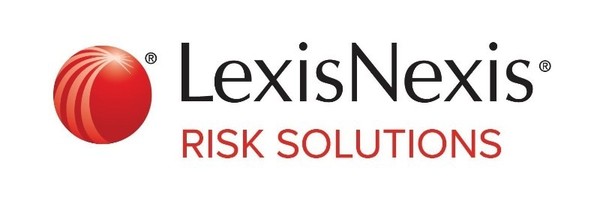 |
ATLANTA, May 23, 2024 /PRNewswire/ -- LexisNexis® Risk Solutions today released the results of its annual Cybercrime Report, an analysis of data from 92 billion transactions processed through its LexisNexis® Digital Identity Network® throughout 2023. The report, Confidence Amid Chaos, reveals a 19% year-over-year (YOY) increase in the global human-initiated digital attack rate compared to the previous year. Cybercriminals' expanding scale of activity is reflected in the rising attack rate, particularly in ecommerce and across North America.
The LexisNexis® Identity Abuse Index, which records the percentage of attacks per day, shows that attack rates spiked at both the beginning and end of 2023. A significant factor was that North America's attack rate rose to meet and then surpass that of Latin America throughout the year.
The number of ecommerce transactions increased modestly by 7% in 2023, as rising interest rates and global inflation cooled consumer spending. However, where consumers held back, fraudsters became more active. The volume of human-initiated attacks surged 80% YOY, resulting in an attack rate of 2.8% (up by 59% YOY). A key component of this growth in attacks was fraudsters' focus on account takeover of ecommerce accounts, with the attack rate at login reaching 3.3% (an increase of 119% YOY).
Greater adoption globally of 3D Secure to mitigate the risk of fraud from Card-Not-Present (CNP) transactions is just one method businesses are employing to confront the heightened threat posed by cybercriminals. Regulatory changes in specific markets, such as establishing clearer liability frameworks, serve as a model for enhanced global cooperation aimed at minimizing the impact of digital activities carried out by criminals.
"Cybercriminals continue to increase the scale and complexity of their illegal operations, with dedicated scam centers becoming a permanent fixture to mount digital attacks on consumers worldwide," said Stephen Topliss, vice president of fraud and identity, LexisNexis Risk Solutions. "While these scam centers will continue to drive the threat of human-initiated attacks, organizations cannot afford to be complacent about the growing sophistication of bots, which can display more human-like behavior to evade traditional prevention solutions. By focusing on identifying advanced bots in real time, businesses can mitigate their ability to create fraudulent accounts or test stolen login credentials for future account takeover attacks."
Key findings from Confidence Amid Chaos:
Download a copy of Confidence Amid Chaos: The LexisNexis® Risk Solutions Cybercrime Report 2023.
Methodology
The LexisNexis Cybercrime Report analyzes a subset of 92 billion transactions, excluding non-transaction-based events such as feedback data and test transactions, as well as transactions from organizations considered outliers based on extremely high or zero recorded reject rates to calculate overall transaction volumes globally and by region.
About LexisNexis Risk Solutions
LexisNexis® Risk Solutions harnesses the power of data, sophisticated analytics platforms and technology solutions to provide insights that help businesses across multiple industries and governmental entities reduce risk and improve decisions to benefit people around the globe. Headquartered in metro Atlanta, Georgia, we have offices throughout the world and are part of RELX (LSE: REL/NYSE: RELX), a global provider of information-based analytics and decision tools for professional and business customers. For more information, please visit risk.lexisnexis.com and www.relx.com.
Media Contact:
Ade O'Connor
+44 7890 918 264
ade.o'connor@lexisnexisrisk.com